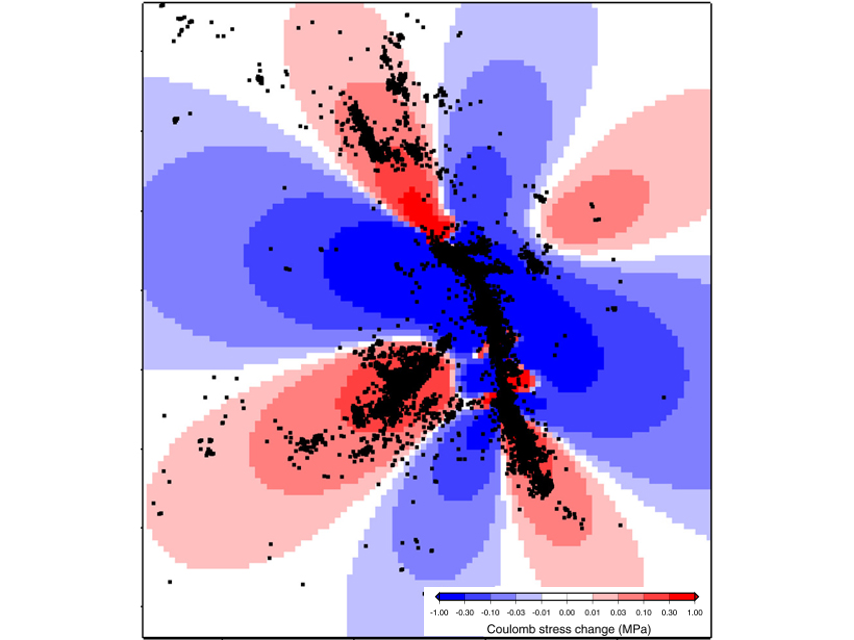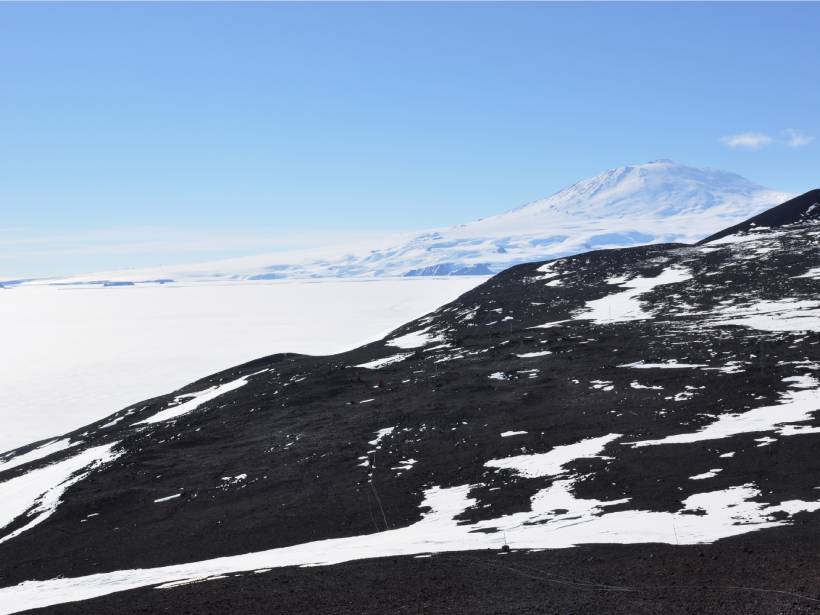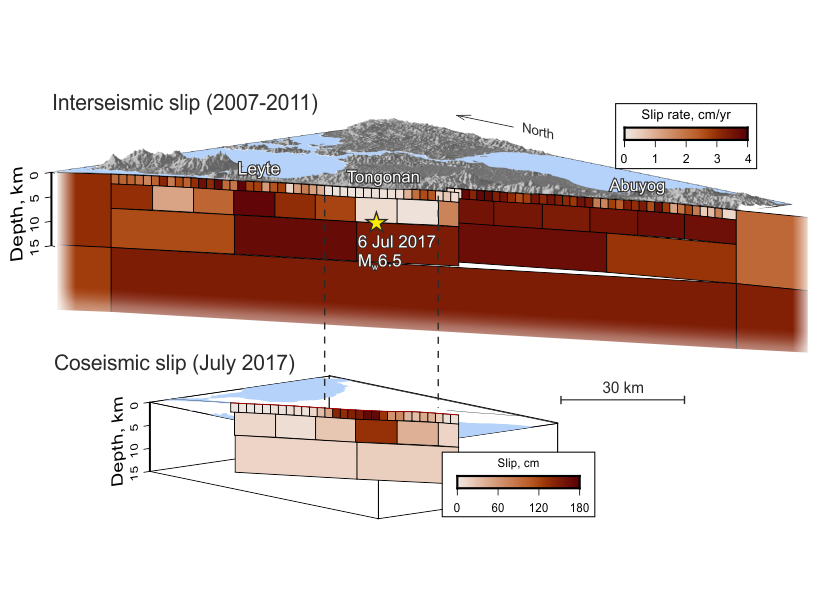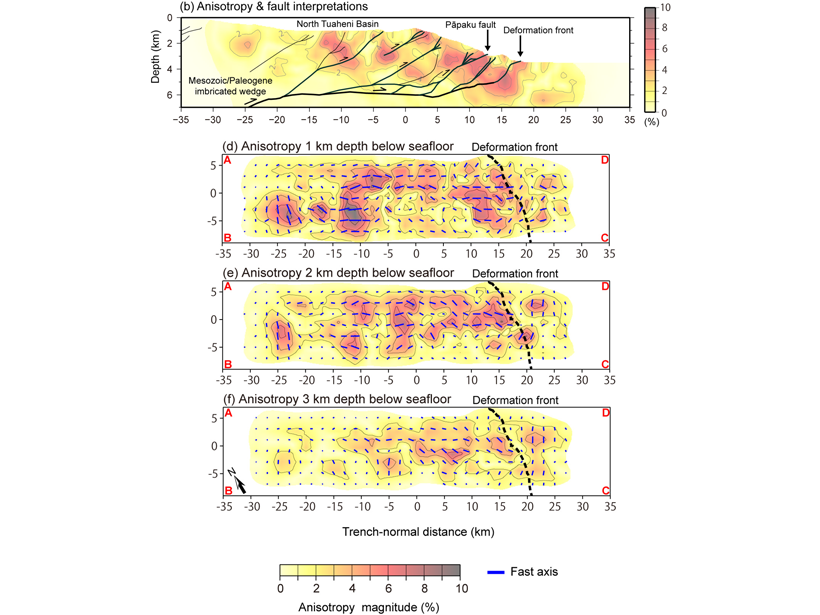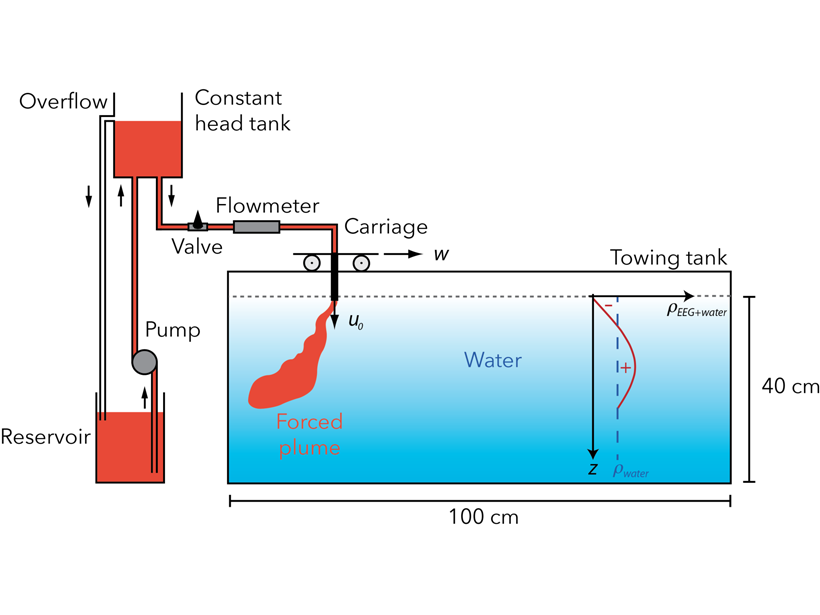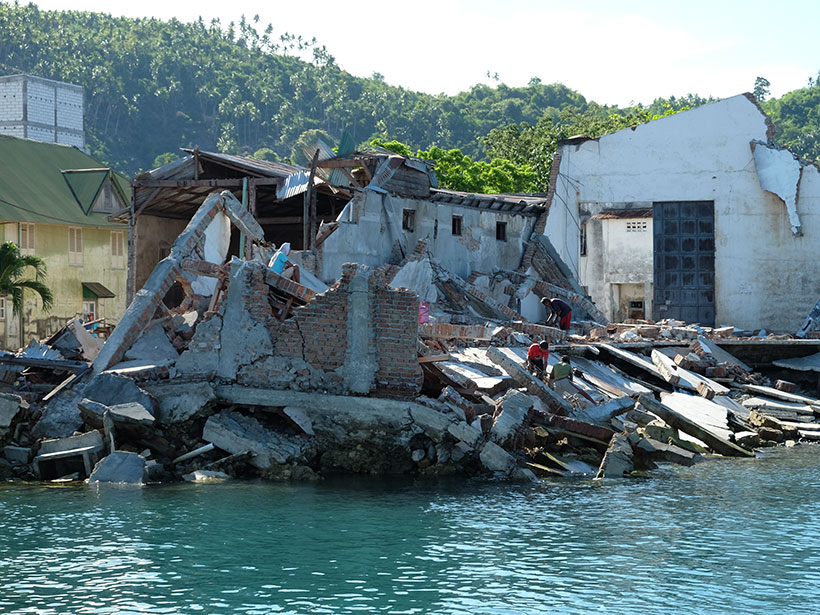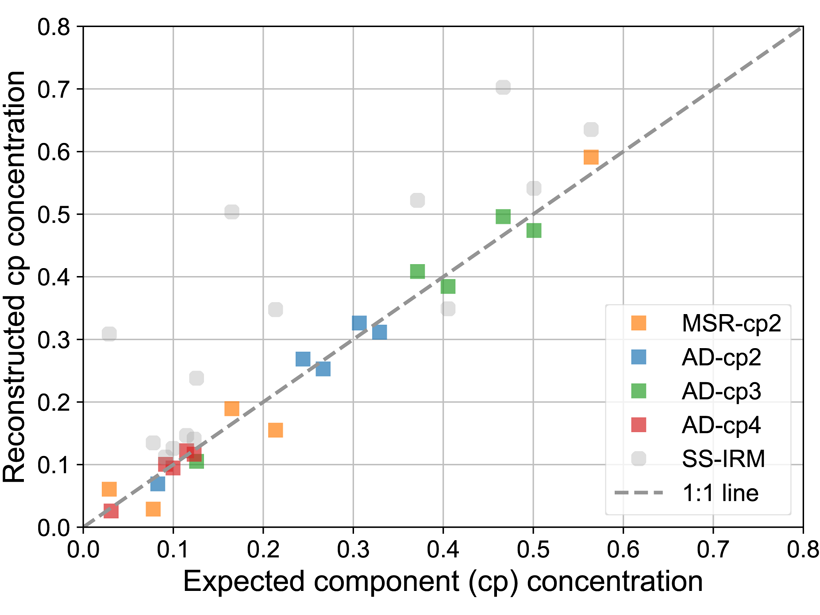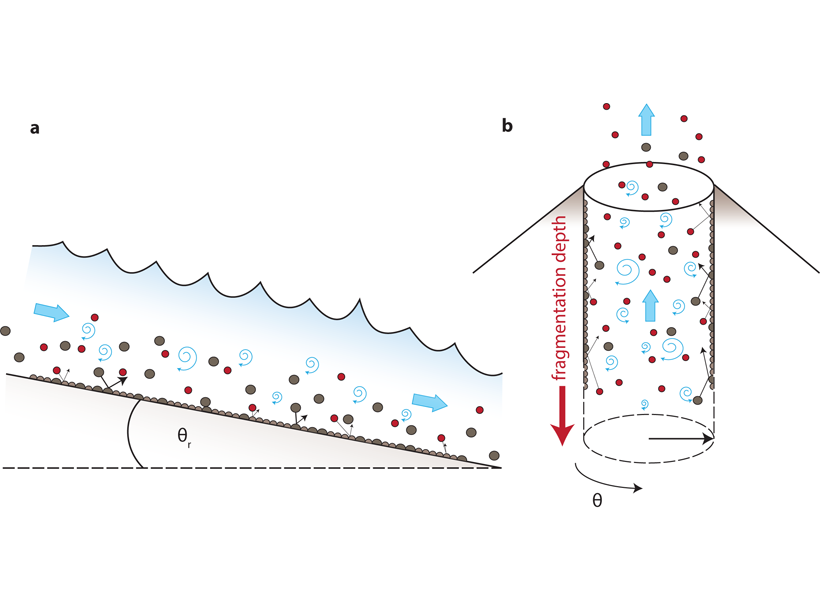Spatial clustering of aftershocks explains why simple statistical models often outperform complex physics‐based earthquake forecasting models even if the physical mechanisms are correctly modeled.
Journal of Geophysical Research: Solid Earth
Antarctic Lava Yields Clues to Earth’s Past Magnetic Field
A new analysis suggests that a widely accepted approximation of ancient magnetic field strength may be less accurate for the past 5 million years than previously thought.
How Heavy Rain and Drought Influence California Crustal Strain
New research using continuous GPS data reveals how multiyear precipitation patterns can amplify the effects of hydrological loading on crustal deformation.
A New Picture of Seismogenesis on the Philippine Fault
Long-time series of satellite observation reveal that the creeping segment of the Philippine Fault is also capable of producing strong earthquakes, and show where these earthquakes might occur.
Fault Related Anisotropy in the Hikurangi Subduction Zone
A new study provides the first high-resolution three-dimensional anisotropic P-wave velocity model of the shallow part of the Northern Hikurangi subduction zone offshore New Zealand.
The Importance of Wind for the Fate of Volcanic Eruption Columns
A theoretical model coupled to lab experiments on turbulent jets with reversing buoyancy sheds new light on the role of wind in controlling the dynamics of volcanic eruptive columns.
Redes Sociales Ayudan a Revelar la Causa del Tsunami en Indonesia en el 2018
Videos de Twitter y YouTube ayudaron a los científicos a descubrir los mecanismos físicos que generaron el gran tsunami en Palu Bay después de un terremoto de magnitud 7.5.
Machine Learning for Magnetics
Classic interpretation of aeromagnetic anomaly maps involves several steps with limiting boundary conditions; a recent study develops convolutional networks largely bypassing these issues.
Unmixing Magnetic Components – An Experimental Twist
Various unmixing approaches are used in environmental magnetism, each starting from a different premise; now they are put to the test by scrutinizing experimental mixtures of known endmembers.
Eruption Seismic Tremor Modeled as a Fluvial Process
Impact and turbulence models for river tremor are adapted and combined into a model that predicts the amplitude and frequency content of volcanic eruption tremor.

